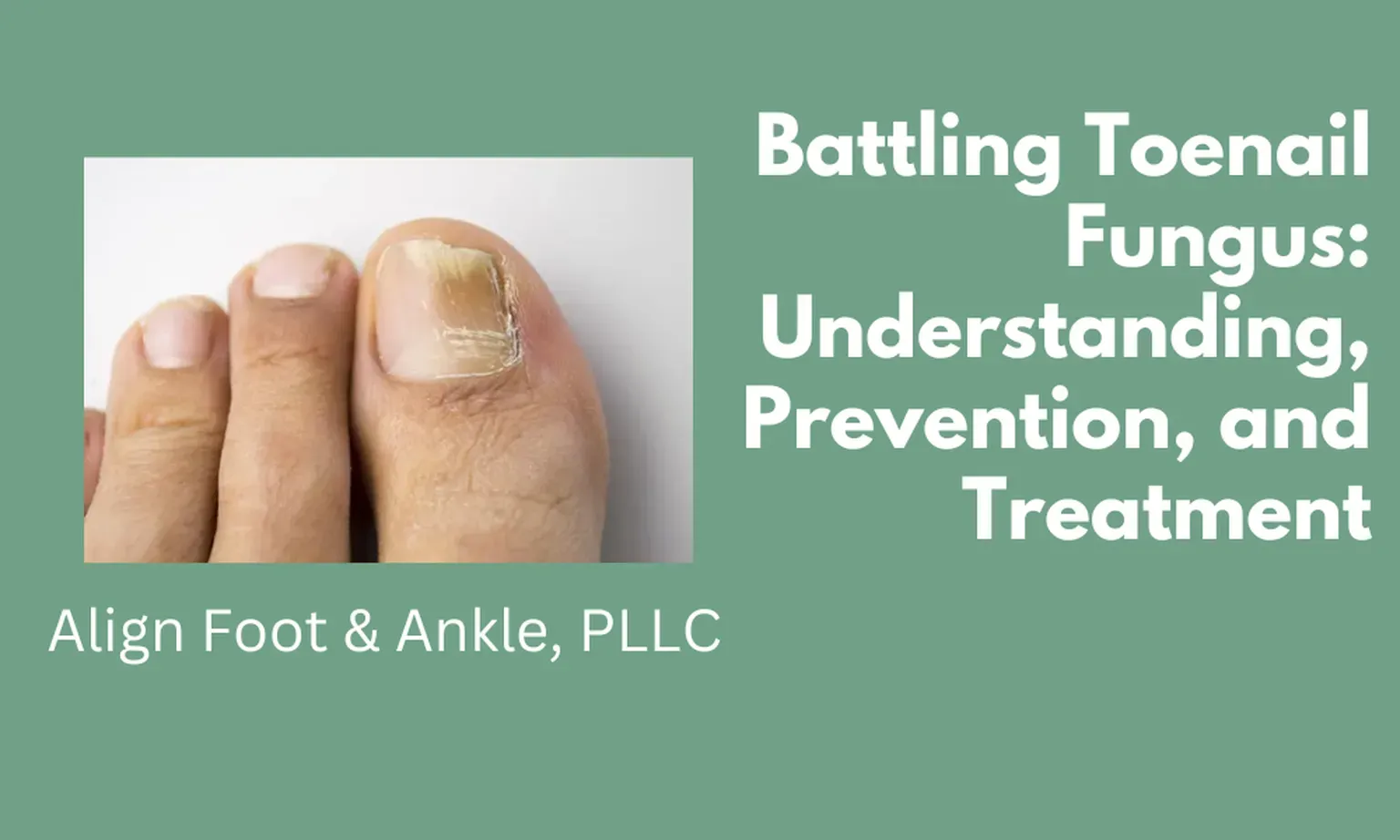BATTLING TOENAIL FUNGUS: UNDERSTANDING, PREVENTION, AND TREATMENT
TOENAIL FUNGUS, MEDICALLY KNOWN AS ONYCHOMYCOSIS, IS A COMMON CONDITION THAT AFFECTS MILLIONS OF PEOPLE WORLDWIDE. WHILE IT MAY NOT BE A LIFE-THREATENING AILMENT, IT CAN BE QUITE BOTHERSOME AND AFFECT ONE’S SELF-CONFIDENCE.
What is Toenail Fungus?
Toenail fungus, medically known as onychomycosis, is a common condition that affects millions of people worldwide. While it may not be a life-threatening ailment, it can be quite bothersome and affect one’s self-confidence. In this blog post, we will delve into the causes, prevention methods, and treatment options available to combat toenail fungus.
Toenail fungus is caused by various types of fungi, primarily dermatophytes, which thrive in warm, moist environments like sweaty shoes and public showers. It begins as a small white or yellow spot under the toenail and gradually spreads, leading to discoloration, thickening, and crumbling of the nail. If left untreated, it can cause pain and even spread to other nails.
Prevention of Toenail Fungus
Preventing toenail fungus is crucial, especially if you’re prone to the infection or have had it before. Here are some effective preventive measures:
- Keep your feet clean and dry: Wash your feet daily with soap and water, ensuring you dry them thoroughly, including the spaces between your toes. Moisture provides an ideal breeding ground for fungi.
- Wear breathable footwear: Opt for shoes made of breathable materials like leather or mesh to allow proper ventilation and reduce moisture buildup.
- Use antifungal powders or sprays: Applying antifungal products to your feet and inside your shoes can help prevent fungal growth. Look for over-the-counter options containing ingredients like miconazole or tolnaftate.
- Avoid walking barefoot in public areas: Public pools, gyms, and showers are potential hotspots for fungal infections. Protect your feet by wearing flip-flops or water shoes in such places.
Treatment of Toenail Fungus
If you’re already dealing with toenail fungus, don’t fret. There are several treatment options available, ranging from home remedies to medical interventions. Here are a few:
- Over-the-counter antifungal treatments: Topical creams, ointments, and nail polishes with antifungal properties can be used to treat mild cases of toenail fungus. However, they may take months to show noticeable improvement.
- Prescription medications: In severe cases or when over-the-counter treatments fail, oral antifungal medications prescribed by a healthcare professional may be necessary. These medications work from within to attack the fungus.
- Laser treatment: Laser therapy is a non-invasive procedure that targets the fungus while leaving healthy tissue unharmed. It can be an effective option for stubborn cases and typically requires multiple sessions.
- Nail restoration process: KeryFlex is a nail restoration process that is a painless, in-office application. The purpose of KeryFlex is to restore the appearance of one’s damaged nails affected by fungus, defects, or trauma. KeryFlex consists of composite resin that creates a durable non-porous nail allowing the remaining natural nail to grow.
- Surgical intervention: In extreme cases, where the infection causes severe pain or other complications, surgical removal of the affected nail may be considered. This allows for direct treatment of the infection and facilitates the growth of a healthy nail.
Toenail fungus may be a common problem, but it doesn’t have to be a permanent one. If you are worried that you have toenail fungus, schedule an appointment for an appointment with Dr. Thuy Ho-Ellsworth. Call us at (512) 882-4911 or schedule an appointment on our website.



